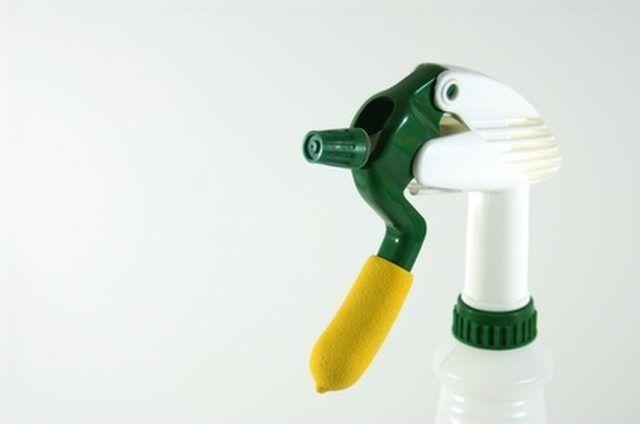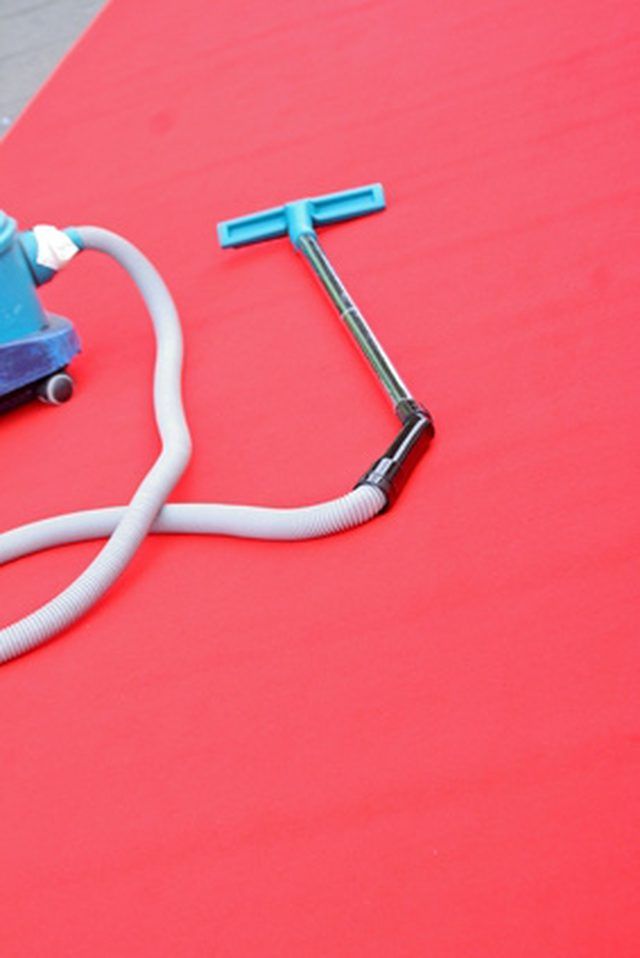Bulbs
Flower Basics
Flower Beds & Specialty Gardens
Flower Garden
Garden Furniture
Garden Gnomes
Garden Seeds
Garden Sheds
Garden Statues
Garden Tools & Supplies
Gardening Basics
Green & Organic
Groundcovers & Vines
Growing Annuals
Growing Basil
Growing Beans
Growing Berries
Growing Blueberries
Growing Cactus
Growing Corn
Growing Cotton
Growing Edibles
Growing Flowers
Growing Garlic
Growing Grapes
Growing Grass
Growing Herbs
Growing Jasmine
Growing Mint
Growing Mushrooms
Orchids
Growing Peanuts
Growing Perennials
Growing Plants
Growing Rosemary
Growing Roses
Growing Strawberries
Growing Sunflowers
Growing Thyme
Growing Tomatoes
Growing Tulips
Growing Vegetables
Herb Basics
Herb Garden
Indoor Growing
Landscaping Basics
Landscaping Patios
Landscaping Plants
Landscaping Shrubs
Landscaping Trees
Landscaping Walks & Pathways
Lawn Basics
Lawn Maintenance
Lawn Mowers
Lawn Ornaments
Lawn Planting
Lawn Tools
Outdoor Growing
Overall Landscape Planning
Pests, Weeds & Problems
Plant Basics
Rock Garden
Rose Garden
Shrubs
Soil
Specialty Gardens
Trees
Vegetable Garden
Yard Maintenance
How to Get Rid of Boxelder Bugs in My House
How to Get Rid of Boxelder Bugs in My House. The boxelder bug, also known as boisea trivittata or stink bug, is a common nuisance found around female boxelder trees as well as maple and ash trees. Often the bug will seek shelter in homes and other buildings during the fall to get ready for winter hibernation, entering through any open crack or...
The boxelder bug, also known as boisea trivittata or stink bug, is a common nuisance found around female boxelder trees as well as maple and ash trees. Often the bug will seek shelter in homes and other buildings during the fall to get ready for winter hibernation, entering through any open crack or crevice. In the spring, the bugs gather in large groups on the sunny side of a building or home. The bug emits a strong, unpleasant odor when crushed and can also stain surfaces with a reddish color creating further nuisance for homeowners.
Things You'll Need
Spray bottle
Water
Laundry detergent
Vinegar
Boric acid
Wasp or hornet insecticide
Vacuum cleaner
Soapy Water Solution
Fill a spray bottle with approximately 2 tablespoons laundry soap.

Add water to fill the bottle.
Set the spray bottle nozzle to stream.
Spray the solution directly onto the boxelder bugs.
Use vinegar, if you wish, in addition or as a substitution for laundry detergent.
Repeat as necessary. The bugs will die relatively quickly, within a few hours, and it is advisable to dispose of them either by sweeping them up or vacuuming and discarding the remains in an outside trash receptacle.
Vacuum Solution
Add the hose attachment to your vacuum.

Vacuum up bugs as often as needed.
Empty the vacuum bag or canister on a regular basis. The bugs will likely still be alive and should be dumped outside away from home so they do not migrate back.
Boric Acid
Locate open crevices and areas where the boxelder bug gathers.
Spread boric acid along surfaces the bug comes into contact with, such as window sills.
Fill open crevices and cracks with boric acid. The bugs will either avoid those cracks and if they are already there the boric acid will likely kill them.
Insecticide
Purchase an insecticide specifically designed for wasps or one that lists boxelder bugs on it's label. Thoroughly read the instruction on insecticide.
Spray poison on the bugs directly and they will die within hours. Collect dead or dying bugs via vacuum or by using a broom to sweep the bugs into a collection container. Dispose of the container outside, away from the home in an outside trash receptacle.
Repeat as necessary.
Tips & Warnings
The best way to rid the home of boxelder bugs is to prevent them from entering the home. Seal up and/or caulk cracks around the home paying special attention to wooden window sills and the area around door frames.
Be careful if you decided to use insecticides. Take all proper precautions including using proper ventilation. Do not spray around children and pets and take care not to cross contaminate items in your home.